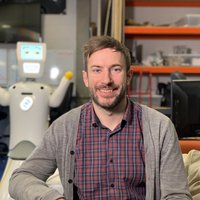Artificial intelligence & robotics
Kimberly Stachenfeld
She used reinforcement learning to better understand problem solving in both the human brain and AI systems

Global
Vivian Chu
Her robots do some of the grunt work so hospital staffers can spend more time with the patients

Europe
Conor McGinn
His humanoid robot, Stevie, could improve the quality of life of older people through care and entertainment

Global
Riana Lynn
Using AI to make packaged foods better

China
Lei Deng
Main designer of Tianjic Chip, the world's first heterogeneous fusion brain-inspired chip
